Cosmetic Dentistry
Restorative Dentistry
Implant Dentistry
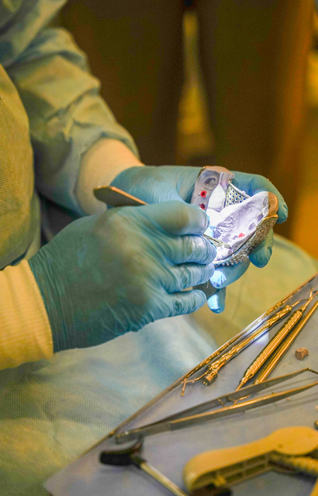

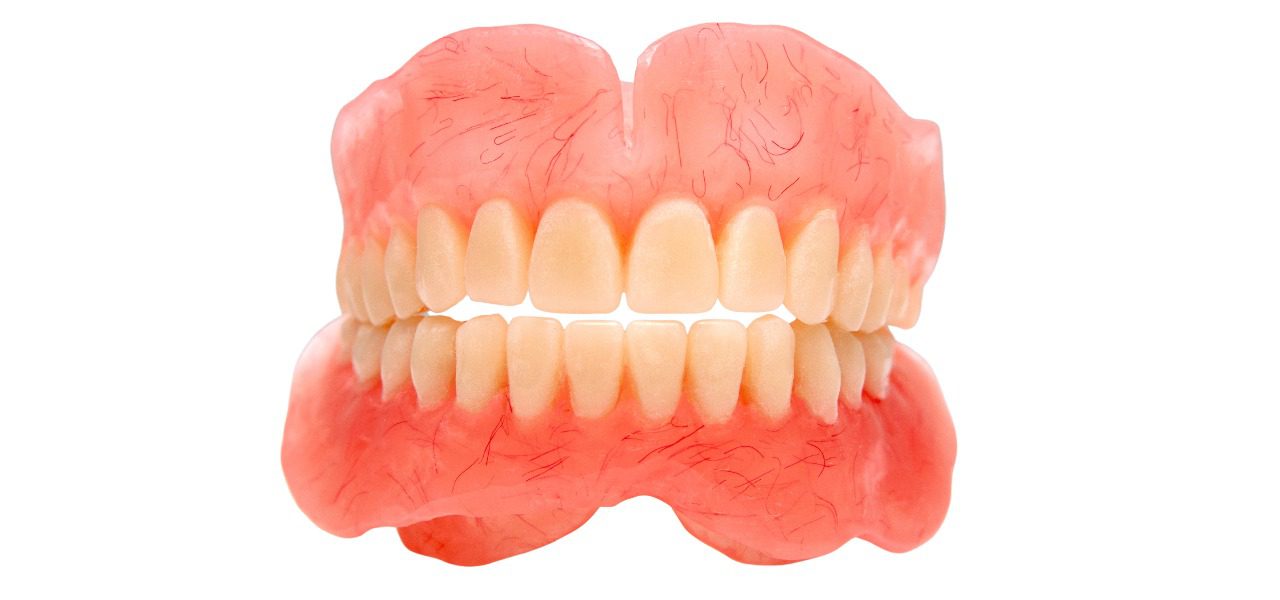
How can you add a layer that improves denture’s functionality, and its placement.
Dentures are artificial teeth that replace natural teeth lost due to decay, gum disease, or injury. They work as a replacement to your original ones, providing the same functionality and aesthetic.
While dentures restore teeth’s purpose and appearance for many patients, they don’t always stay perfectly stable over time. This is mainly because they are not properly maintained. Common complaints include looseness, discomfort, and difficulty chewing, especially as the fit changes with normal bone and gum changes.
Denture adhesives can help in these situations by creating a stronger seal between the denture and gums, improving comfort for daily use.
We’ll explore multiple vectors in dentures, and how to identify when you should use dental adhesives.
Denture Adhesives are products designed to improve the stability of removable dentures.
They work by creating a thin,sticky layer between the denture base and your gums. This in turn fills small gaps and forms a seal that reduces movement.
Adhesives come in many products, including creams, powders, and pads, but they all serve the same function. That function being dentures fitting securely and comfortably.
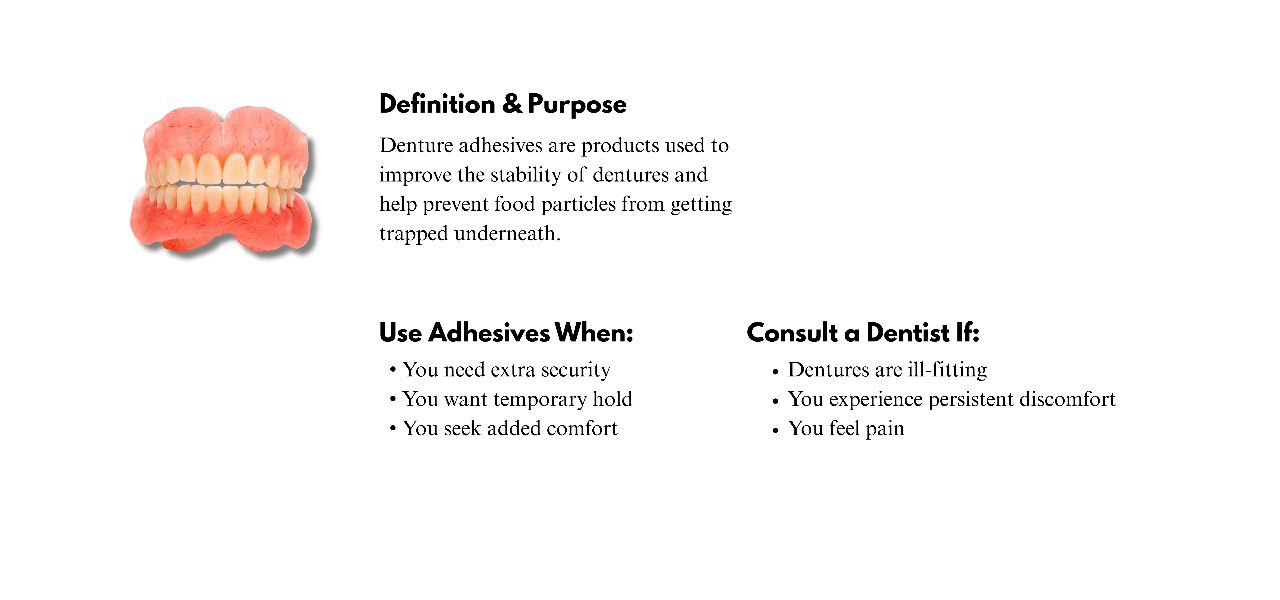
While dentures may not need a dentist to look at them immediately, but as you progress with time, they will need maintenance. Dentures are like teeth, they need consistent maintenance and care.
The care needed for dentures comes in the form of using denture adhesives, as they provide stability and limit movability in the future. These adhesives are an aid to longevity of your dentures, not a fix. If all of a sudden you feel like you need to use more adhesive, you must visit your dentist IMMEDIATELY.
In a recent article, the Food And Drug Administration in the US explicitly highlighted, Do not use more adhesive than recommended. This itself is another emphasis on adhesives being a maintenance step, rather than a fixing one.
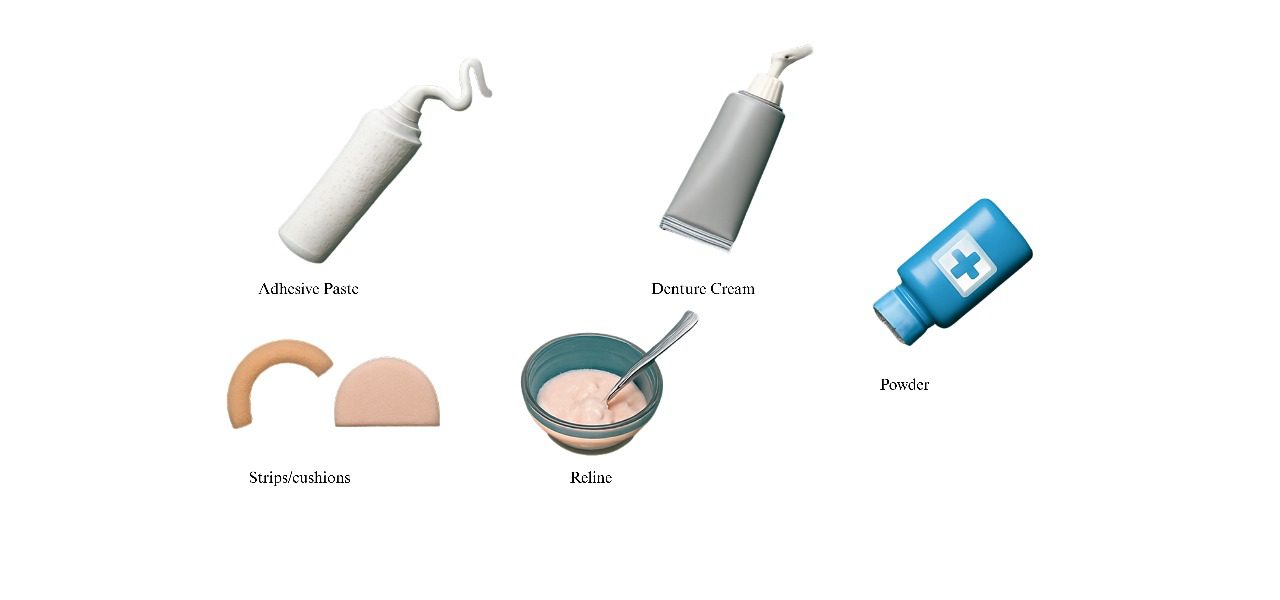
Denture adhesives are essential to maintain your smile, and denture functionality as they act as a guard for them enhancing and elongating their life span.
We’ll explore the different types of adhesives, informing you of their advantages, disadvantages, and how to use them step by step.
Creams are one of the most popular choices in adhesives, due to its ease of use and good results.
Advantages: versatile, adjustable, strong hold for many denture wearers.
Disadvantages: potential for zinc content, patients often complain from an after taste or texture feels weird in their mouths after application.
How to Use (step-by-step):
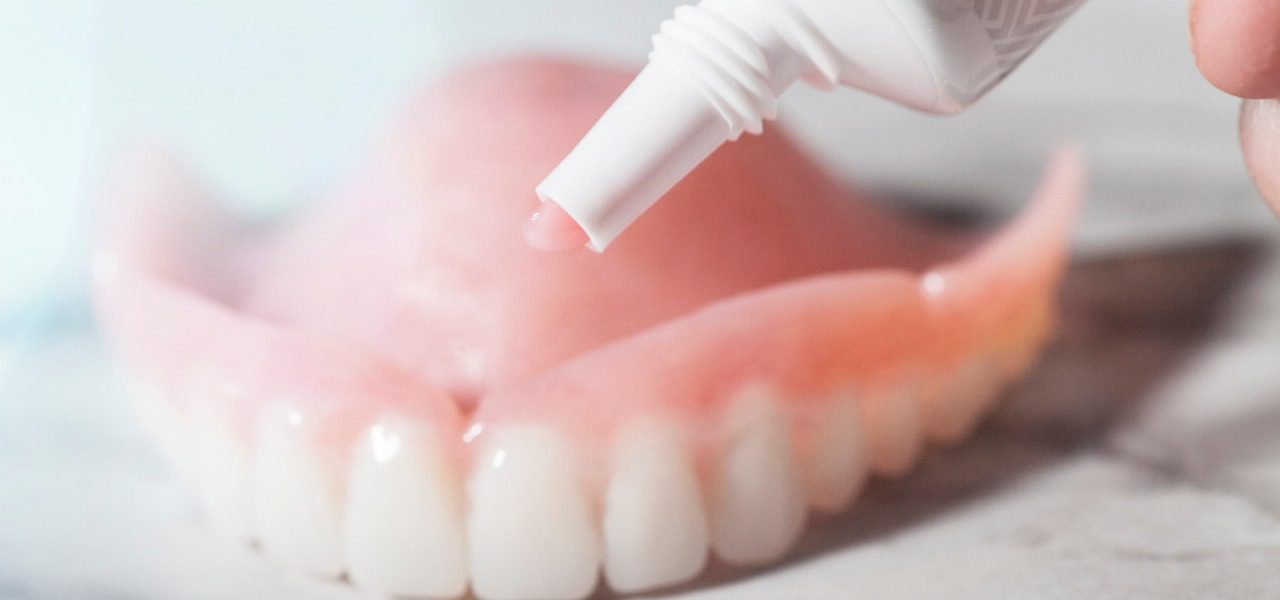
Creams are just one type of product, lets find out more about powders and how you can apply them.
Powdered adhesives are unlike creams, they require you to dampen the denture, so it can become sticky.
Advantages: lightweight feel, good for partial dentures.
Disadvantages: messier, less strong in heavy chewing.
How to Use:
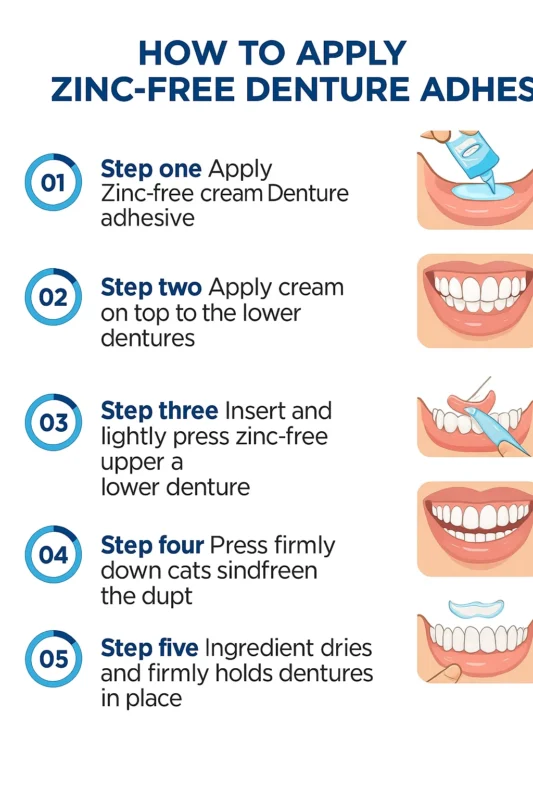
These are pre-cut sheets designed for quick and clean application. They are less messier compared to creams or powder. They provide a measured amount of adhesive, which makes them a suitable option for patients that want ease of use.
Advantages: pre-measured, cleaner application.
Disadvantages: variable fit, less adaptable to irregular denture bases.
How to Use:
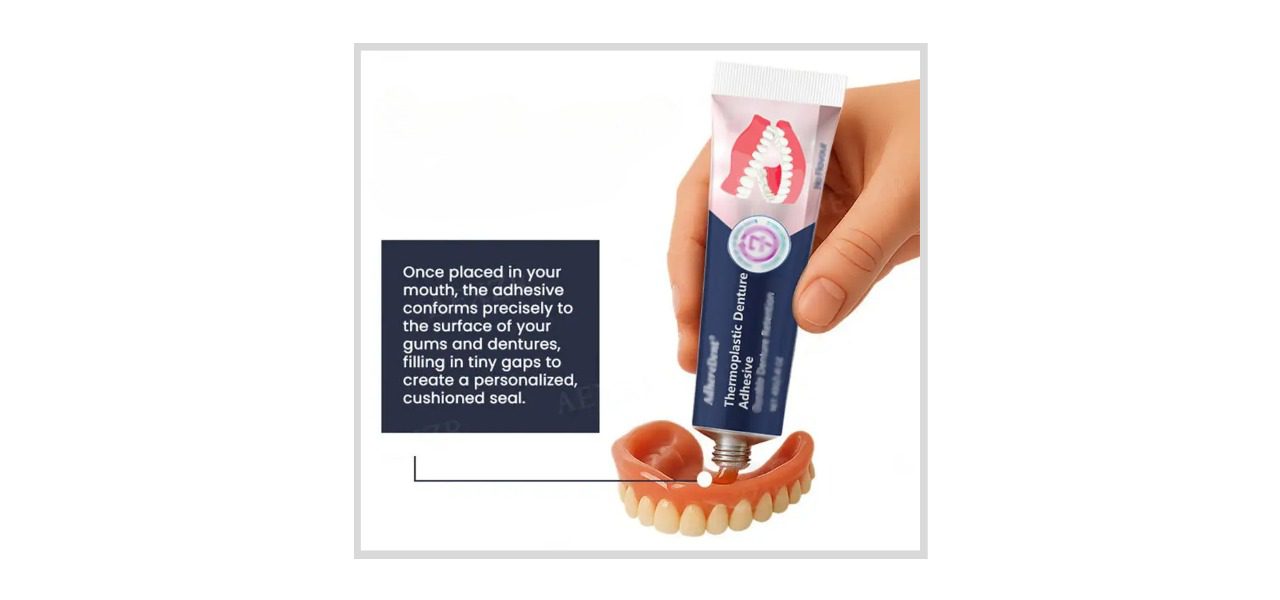
Thermoplastic denture adhesives are heat-softened materials that mold to the shape of the denture base.They offer a customized fit and stronger grip, and are used in special cases where normal adhesives are less effective.
Advantages: Creates a semi-custom fit with stronger, longer-lasting grip; helpful for patients with resorbed ridges or irregular gum shapes.
Disadvantages: More expensive, less widely available, requires heating before use, and may feel bulky if applied incorrectly.
How to use:
Choosing the right adhesive is vital, but identifying its risks and which is safer is as important.
Multiple healthcare providers have highlighted the risk of using adhesives that contain high concentrations of zinc. There are also risks of potential toxicity due to chronic overuse, which can lead to neurological issues such as; numbness, tingling, loss of balance, and paralysis.
Some denture adhesives may cause localized allergic reactions or irritation. Reactions are uncommon but can occur due to flavoring agents (e.g., peppermint oil, menthol), preservatives, or colorants.
Symptoms may include redness, burning, or oral mucosal soreness.
Some denture adhesives may cause localized allergic reactions or irritation. Reactions are uncommon but can occur due to flavoring agents (e.g., peppermint oil, menthol), preservatives, or colorants.
Symptoms may include redness, burning, or oral mucosal soreness.

Thermoplastic denture adhesives are heat-softened materials that mold to the shape of the denture base.They offer a customized fit and stronger grip, and are used in special cases where normal adhesives are less effective.
Advantages: Creates a semi-custom fit with stronger, longer-lasting grip; helpful for patients with resorbed ridges or irregular gum shapes.
Disadvantages: More expensive, less widely available, requires heating before use, and may feel bulky if applied incorrectly.
How to use:
Choosing the right adhesive is vital, but identifying its risks and which is safer is as important.
Multiple healthcare providers have highlighted the risk of using adhesives that contain high concentrations of zinc. There are also risks of potential toxicity due to chronic overuse, which can lead to neurological issues such as; numbness, tingling, loss of balance, and paralysis.
Some denture adhesives may cause localized allergic reactions or irritation. Reactions are uncommon but can occur due to flavoring agents (e.g., peppermint oil, menthol), preservatives, or colorants.
Symptoms may include redness, burning, or oral mucosal soreness.
Some denture adhesives may cause localized allergic reactions or irritation. Reactions are uncommon but can occur due to flavoring agents (e.g., peppermint oil, menthol), preservatives, or colorants.
Symptoms may include redness, burning, or oral mucosal soreness.